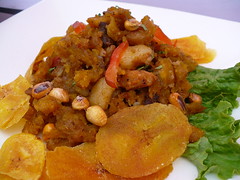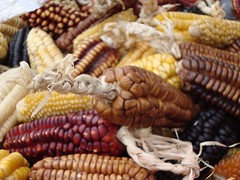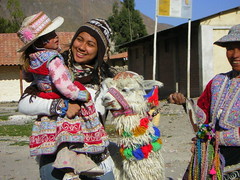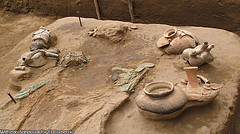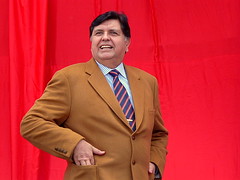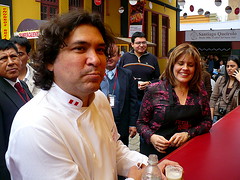I’ve been putting together a map of some of Lima’s estimated 10,000 archaeological sites. The vast majority of these, as shown in the Lima Precolombina series, are found in the middle of regular residential areas of Lima and include Inca palaces, towering pyramids and the ruins of towns and cities.
Since posting Glorious Pre-Columbian Lima, I’ve had dozens of requests to make the Google Earth placemarks I used available as a downloadable .kmz file. This is something I definitely want to do, but with so many sites it will always be a work in progress. In the course of mapping the pre-Columbian artificial water channels the Spanish thought were rivers, for example, I noticed 3 archaeological sites I had no idea existed.



